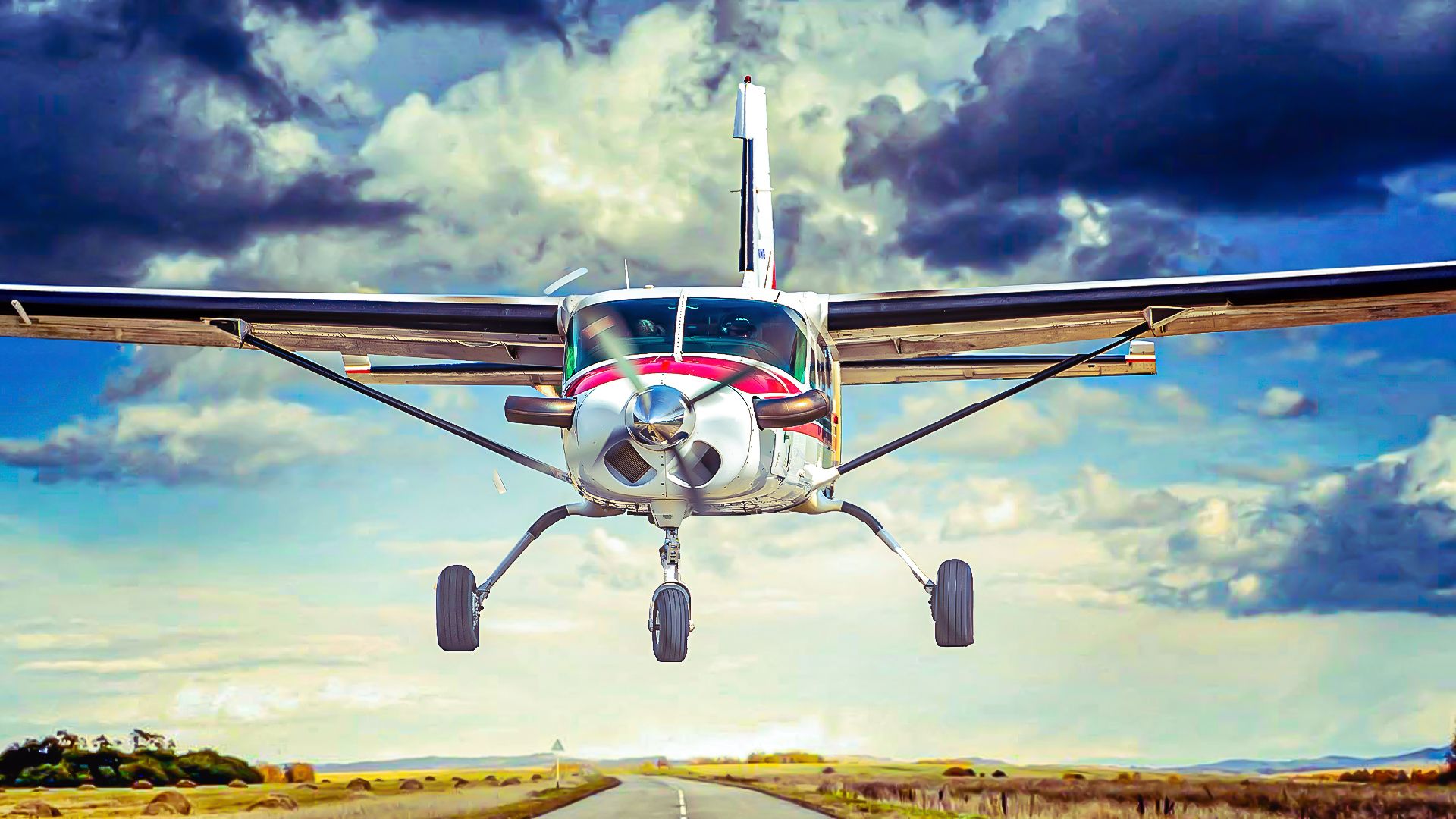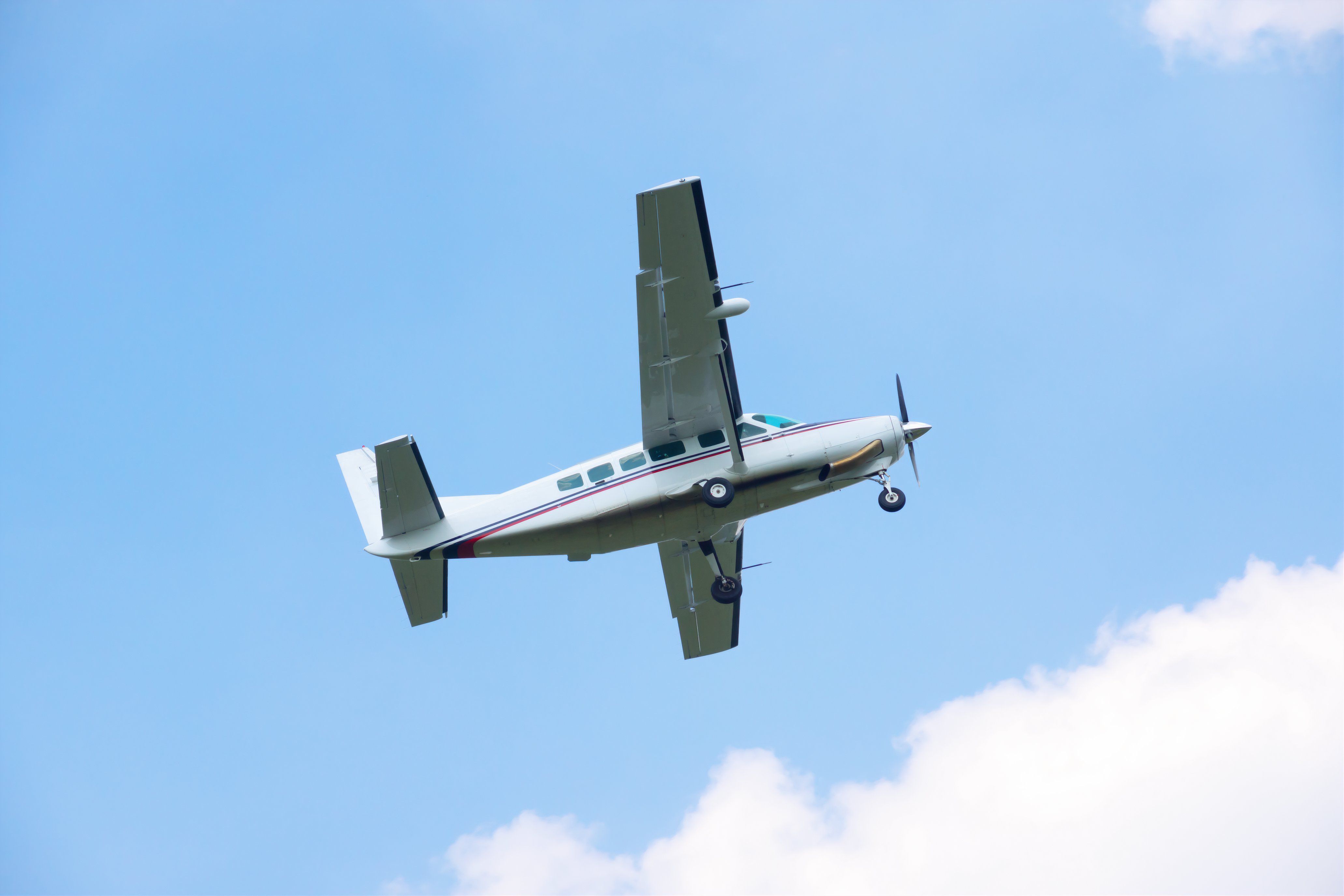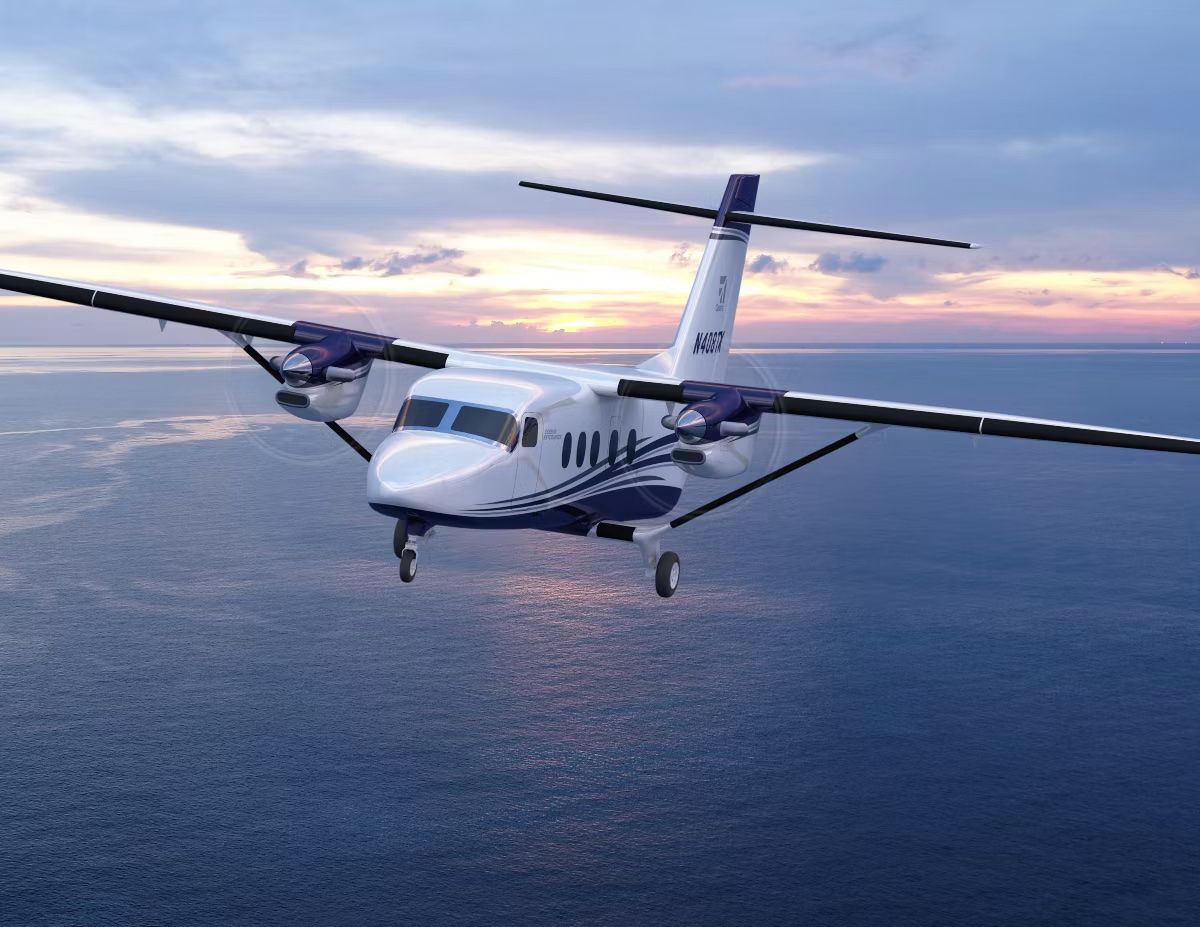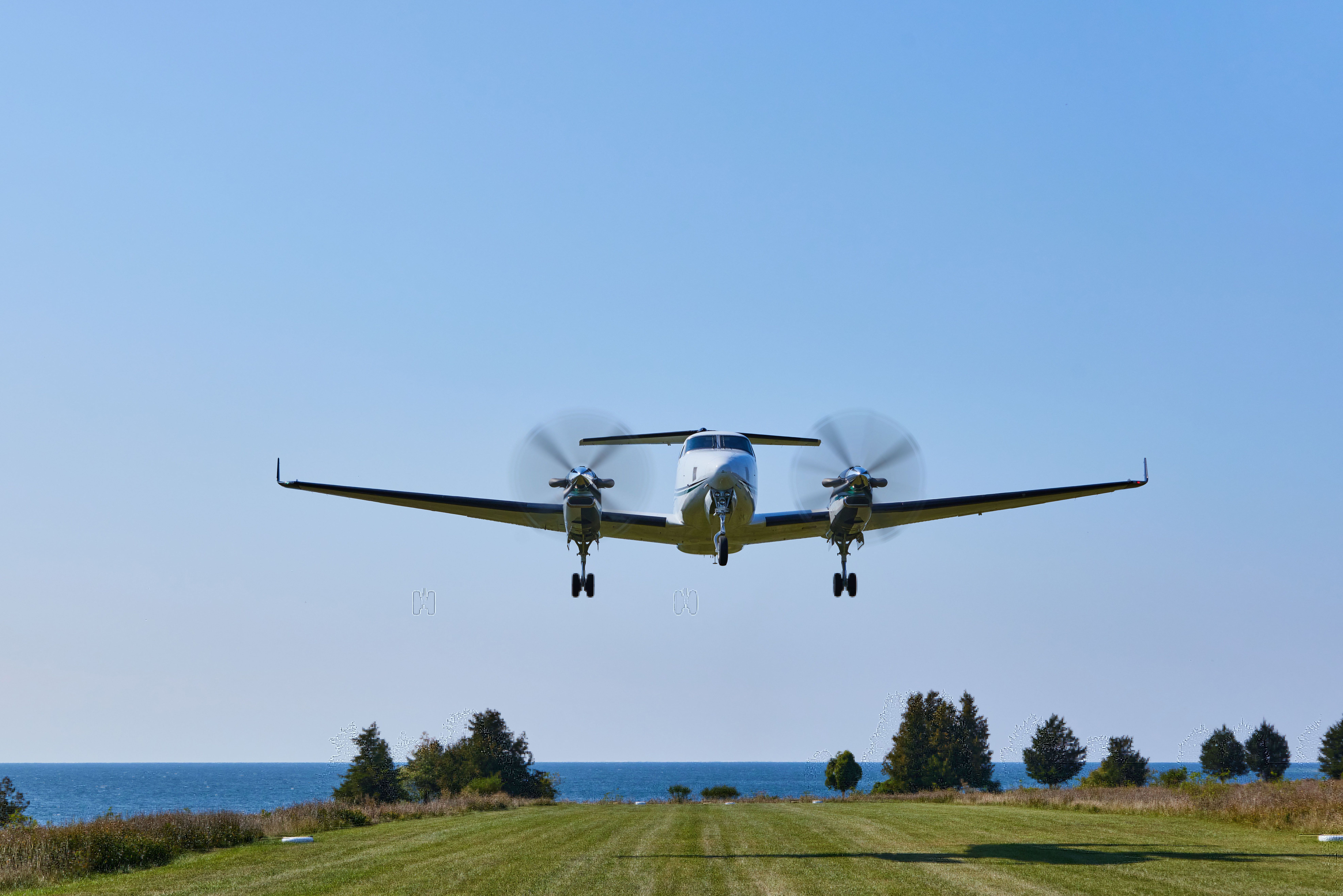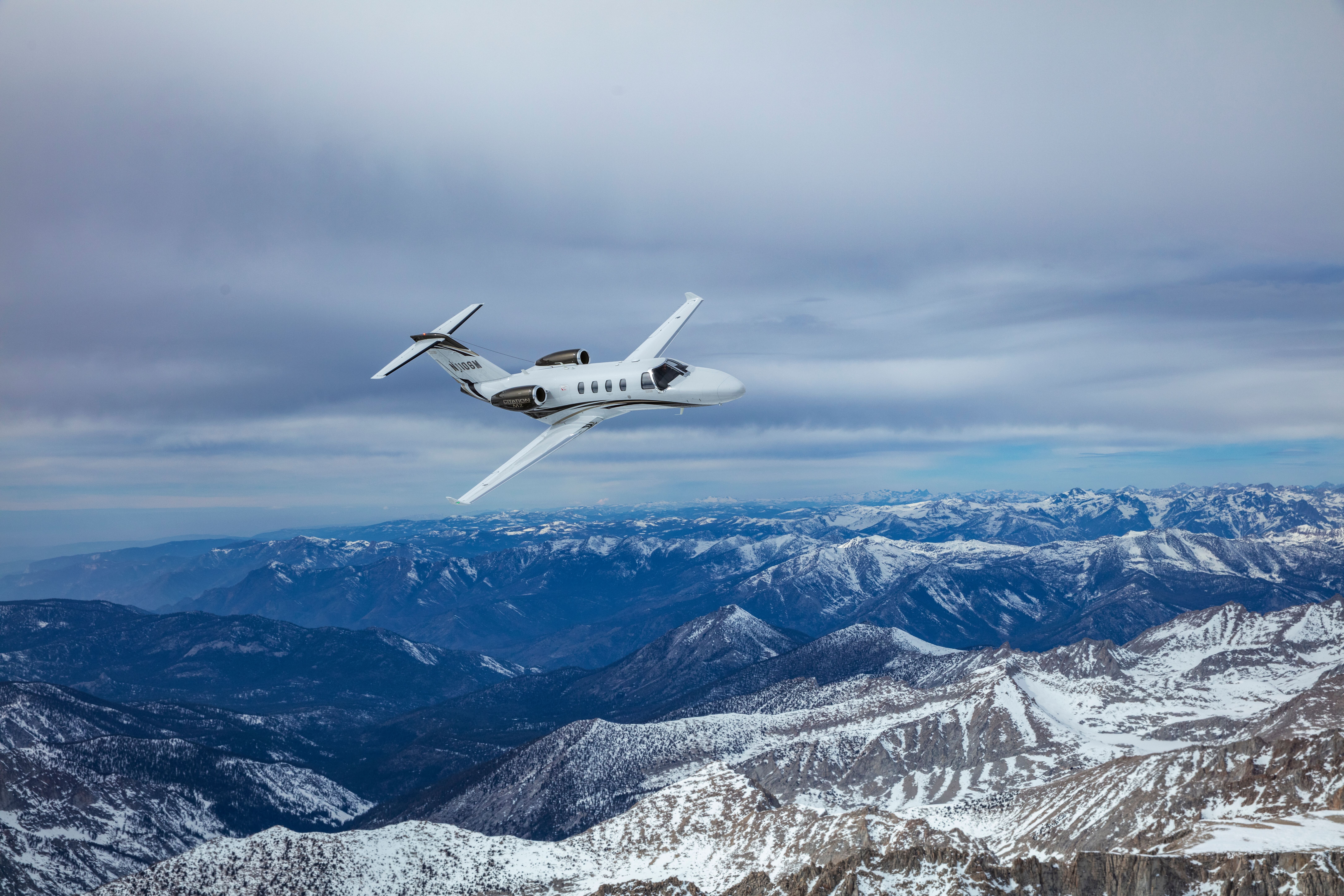Textron Aviation is the parent company of two of the largest general aviation aircraft producers in the world, Cessna and Beechcraft. The company is a business segment of the larger conglomerate Textron. It was officially formed after it acquired Beechcraft and Hawker Aircraft in March 2014. Prior to that,
Textron already owned Cessna Aircraft. Textron Aviation initially combined the three brands, although it later ceased production of all Hawker aircraft. However, Textron Aviation still supports all existing Hawker aircraft.The company has seen success in both the private aviation and general aviation industries due to its current product offerings. Currently, the company produces several Cessna Citation business jets, two Cessna turboprop aircraft, the Cessna Caravan and the Cessna SkyCourier, and three of the most successful piston-powered aircraft, the Cessna 172 SkyHawk, the Cessna 182 Skylane, and the Cessna 206 Stationair.
It also produces the successful Beechcraft King Air turboprop aircraft, both piston-powered Beechcraft aircraft, the Beechcraft Bonanza and the Beechcraft Baron, and the soon-to-be-certified Beechcraft Denali. It also produces the Beechcraft T-6 Texan II, a trainer aircraft for militaries across the world.
Textron Aviation also has a business division dedicated to modifying its aircraft for special mission operations. This includes medical evacuation operations by converting its aircraft into air ambulances. Let’s take a closer look at some of the unique aircraft that Textron Aviation offers in an air ambulance configuration.
1
Cessna Caravan series
Year introduced: 1984
|
Length |
37 feet seven inches |
|---|---|
|
Height |
14 feet eleven inches |
|
Wingspan |
52 feet one inch |
|
Gross weight |
8,000 pounds |
|
Cruise speed |
186 knots (214 miles per hour) |
|
Range |
1,070 nautical miles (1,230 miles) |
|
Service ceiling |
25,000 feet |
One of the most popular modified aircraft is the
Cessna Caravan
. This turboprop-powered aircraft was first developed in the early 1980s as a cargo feeder for FedEx. However, since then, it has been utilized in several different utility operations, ranging from cargo operations to passenger transport. Over 3,000 total variants have been produced, and the aircraft is still in production today.
Because of its ability to land in remote areas, land on rugged surfaces, and operate from short runways, creating an air ambulance from the Cessna Caravan was an obvious choice. The converted air ambulance has the ability to perform life-critical missions, either operating as non-critical transport for patients or providing urgent response to emergencies. The aircraft has an easy installation process, with many medical systems mounted onto existing seat tracks, and it also has wide doors for easy patient loading.
2
Cessna SkyCourier
Year introduced: 2022
|
Length |
55 feet one inch |
|---|---|
|
Height |
20 feet eight inches |
|
Wingspan |
72 feet three inches |
|
Maximum takeoff weight (MTOW) |
19,000 pounds |
|
Cruise speed |
210 knots (240 miles per hour) |
|
Range |
386 nautical miles (444 miles) |
|
Service ceiling |
25,000 feet |
The SkyCourier is Cessna’s most recently certified aircraft. Like the Cessna Caravan, the SkyCourier was developed for FedEx as a cargo freighter aircraft. It was officially introduced in May 2022. Since then, the large turboprop aircraft has also been modified for several different operations, including passenger transport.
Photo: Textron Aviation
The large cargo space in the back of the SkyCourier makes it an easy decision for an air ambulance. The cargo space allows for several different interior configurations that allow for multiple stretchers and seats for emergency transport. The aircraft also operates with the ability to land in remote areas, due to its reliability and durability.
3
Beechcraft King Air 350 series
Year introduced: 1972
|
Length |
46 feet eight inches |
|---|---|
|
Height |
14 feet four inches |
|
Wingspan |
57 feet eleven inches |
|
Maximum takeoff weight (MTOW) |
16,500 pounds |
|
Cruise speed |
303 knots (349 miles per hour) |
|
Range |
2,670 nautical miles (3,072 miles) |
|
Service ceiling |
35,000 feet |
The Beechcraft King Air 350 is one of the latest variants of the
Super King Air
. This series was first introduced in the early 1970s. It has seen proven success through a wide range of industries. This includes flying for various militaries and governments, operating as a business executive transport, and flying cargo operations.
Photo: Textron Aviation
The large cabin and impressive performance specifications make this aircraft a popular air ambulance choice for Textron Aviation customers. The versatile cabin can include custom medical cabinets, multiple seating options, and an optional power loader for patients. The King Air 360 is also available in an extended range version, called the King Air 360ER, with additional fuel tanks.
4
Cessna Citation M2 Series
Year introduced: 1991
|
Length |
42 feet seven inches |
|---|---|
|
Height |
13 feet eleven inches |
|
Wingspan |
47 feet three inches |
|
Maximum takeoff weight (MTOW) |
10,700 pounds |
|
Cruise speed |
404 knots (465 miles per hour) |
|
Range |
1,550 nautical miles (1,784 miles) |
|
Service ceiling |
41,000 feet |
The smallest Citation jet that Cessna currently produces is the Citation M2. This aircraft is a largely upgraded variant of the original CitationJet, which was introduced in 1991. This aircraft can fit up to seven passengers, but operates at a relatively high top speed. The aircraft is also short runway capable and utilizes a comfortable and quiet interior cabin.
Photo: Textron Aviation
The Citation M2 represents a faster and more powerful aircraft for medical transport operations compared to previously mentioned turboprop aircraft. Although the cabin is relatively small, Textron Aviation offers the business jet with a single sled configuration. This allows the stretcher or medevac sled to take up only one side of the cabin. This also allows for several other seats in the cabin on the other side of the aisle.

